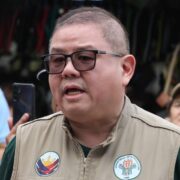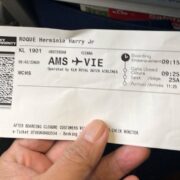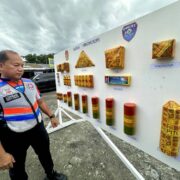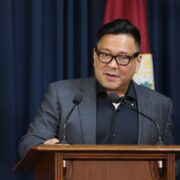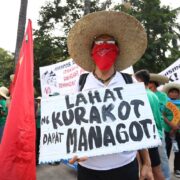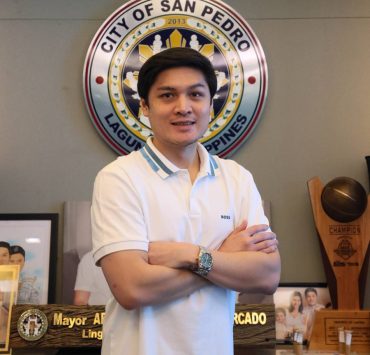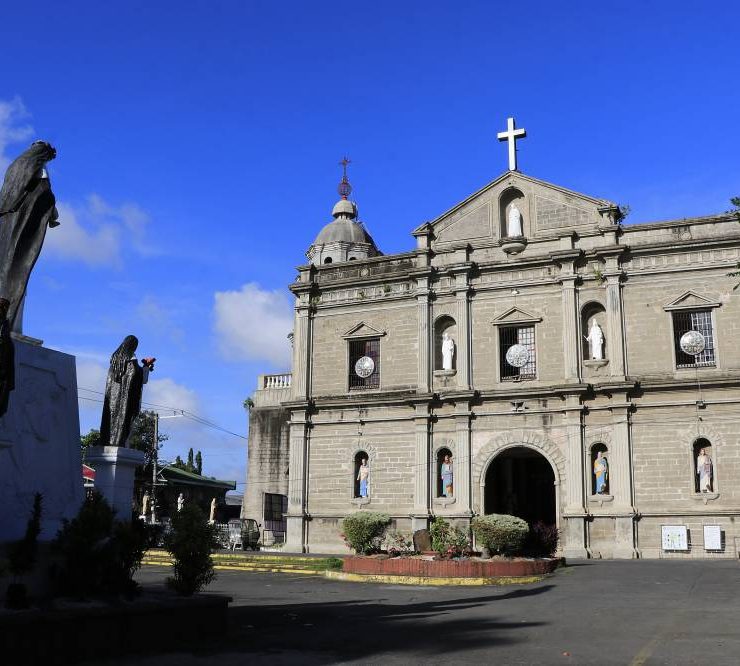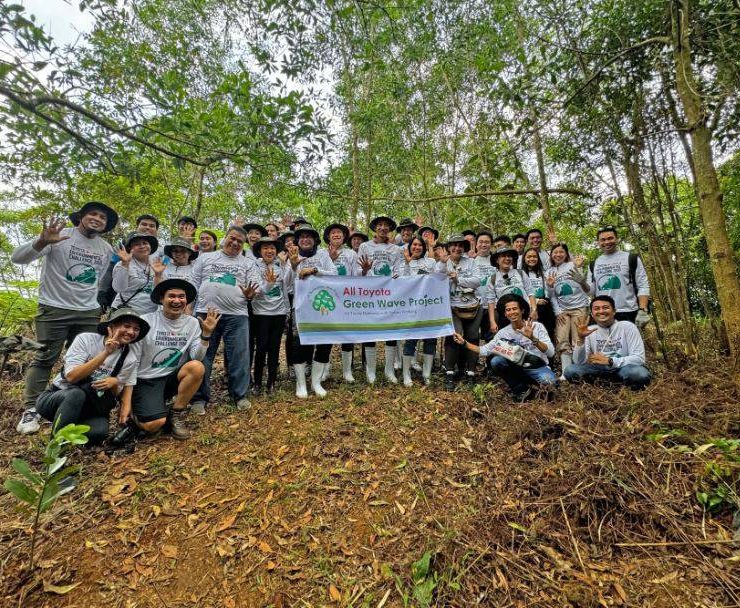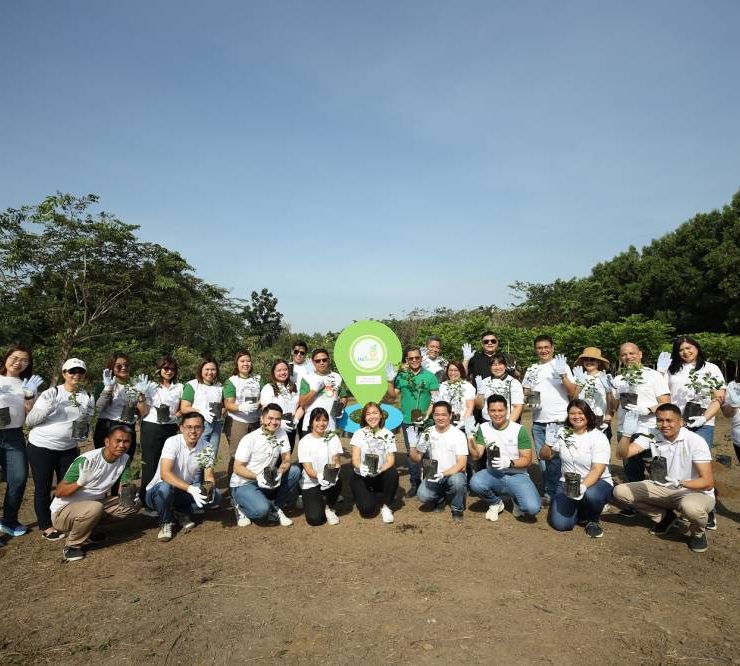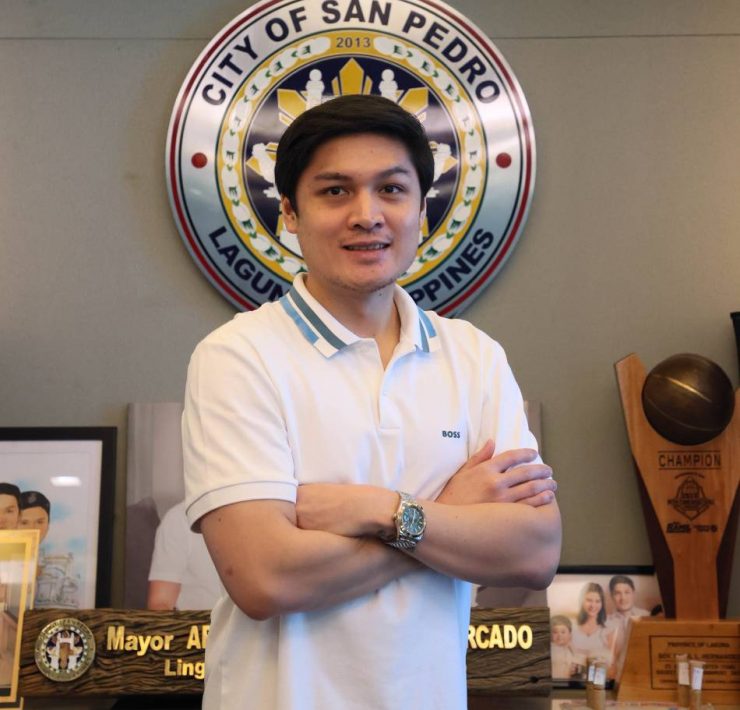Investing in community health
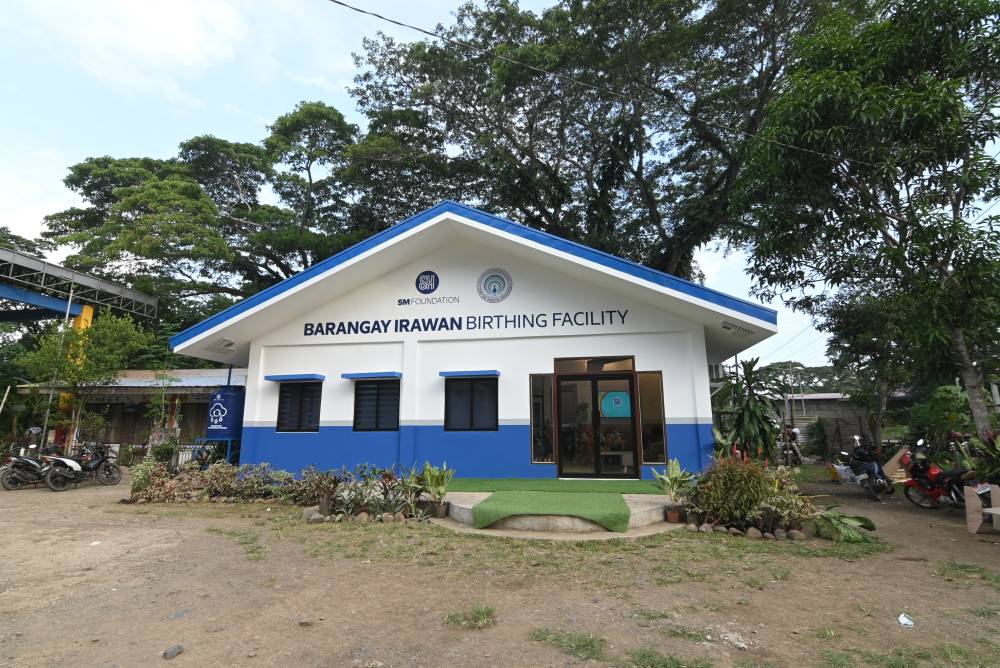
Investing in health care has never been more important than now with the tough lessons of the recent pandemic.
COVID-19 revealed the vulnerability of health systems, which can quickly buckle under the strain of huge medical demands. While both the public and private sectors now know they need to step up, there is an even bigger need to anticipate—more than just respond to—any future health crisis.
This brings to light the importance of access and what the private sector has been doing to help bridge the health care socioeconomic gap.
For SM and its foundations, this means better community access to quality primary healthcare in partnership with national and local governments.
Mission not impossible
Medical missions allow access, especially of remote or economically disadvantaged communities, to medical care, education and support. SM Foundation’s (SMFI) medical missions provide free consultations, basic laboratory tests, dental checkups and proper dosage of appropriate medicine.
SM Foundation reached an important milestone by conducting more than 1,600 medical missions, benefiting nearly 1.3 million patients year-to-date.
“Patients who once endured long queues at crowded health-care facilities now find relief as we bring health-care services to remote barangays or provide them conveniently at our malls and properties,” Connie Angeles, SM Foundation Executive Director for Health and Medical Programs said.
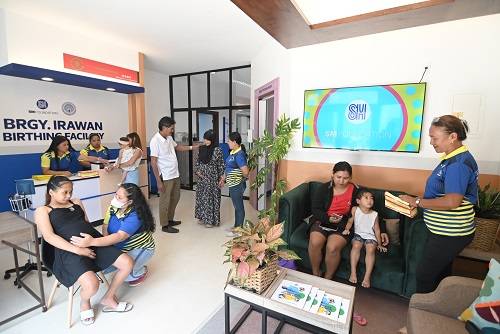
And more than just a structure
While health facilities offer a venue for the conduct of medical services, fixing it up through thoughtful and meaningful design could do more for the community than just provide space. Rural health centers are considered as lifelines, offering a comprehensive range of health services at a minimal cost or even free to the most vulnerable.
“These opportunities to rebuild health centers do more for human well-being. The refurbishment of public health-care facilities not only enhance their capabilities by way of improvements and new equipment but also make these facilities more responsive and conducive to the health needs and recovery of those they serve,” Angeles said.
Furthermore, the renovation allows public health centers to meet PhilHealth Accreditation standards, resulting in an increase in PhilHealth utilization and helping decongest city hospitals and minimizing the spread of communicable diseases.
Through these accredited health centers, patients could avail themselves of PhilHealth benefits such as primary care, maternity care and pharmacy needs at the barangay level. These efforts also result in increased capitalization for local governments.
Many sectors also benefit from these renovations including the Armed Forces of the Philippines, the Philippine National Police, terminally ill patients and women and children, to name a few.SM Foundation’s 200th rural health center in Laguna is a classic example.
“Marami kaming programa na hindi namin malagyan ng lugar kasi kulang ang space kaya’t naghahagilap kami kung saan ito ipu-pwesto,” said Elmira Montesa, who leads the Santa Cruz Rural Health Unit (SCRHU). [We have many programs that we can’t accommodate because there is not enough space and we are scrambling for places for these.]
Following the Department of Health’s (DOH) guidelines, SM Foundation elevated the SCRHU.
The rehabilitation transformed the center into a welcoming space, featuring comfortable waiting areas, a reception area for health workers and designated facilities for breastfeeding mothers, the elderly, and persons with disabilities. It has a mobile play cabinet for children coping with illnesses.
SM also included a rainwater catchment system to the renovated facility to contribute to water conservation.
In 2023, SM Foundation breathed new life into UP-PGH’s post-COVID & PulmoCare hub.
Prior to the rehabilitation, UP-PGH Division of Pulmonary Medicine chief Lenora Fernandez recalled that the facility struggled to expand its services to meet the growing needs of the community.
“PGH does have many donors but they have so many competing priorities, too. Those patients who continued to suffer from debilitating shortness of breath in silence still lacked essential services such as pulmonary rehabilitation equipment,” Dr. Fernandez said.
The newly refurbished facility now has a new lobby to receive patients and spacious rooms with dedicated areas for rehabilitation, ultrasound, cardiopulmonary exercise testing and virtual consultation. Dr. Fernandez expressed optimism about the future of the hub and sees the number of patients served growing every year.
In Brgy. Irawan, Puerto Princesa, a community birthing facility serving thousands of residents and indigenous people, had to halt operations in 2018 as it was unable to meet government health requirements.SM Foundation supported the community by revamping the birthing facility in 2023, enabling it to obtain the required licenses to resume operations.
Another SM affiliate, BDO Foundation, also achieved a major milestone as it rehabilitated its 160th rural health unit (RHU) in 2023.
This involved renovating exteriors, layout and interior design, lobbies and waiting areas, offices, birthing clinics, consultation rooms, treatment rooms and pharmacies as well as installing breastfeeding stations for nursing mothers, play areas for children and waiting lounges for senior citizens.
Combined, SM Foundation and BDO Foundation have refurbished and built a total of 364 health centers and medical facilities.
As the group reaches out to more communities, it aims to effectively contribute to Sustainable Development Goal 3 (Good Health & Wellbeing) by consistently providing equitable access to quality basic services towards a better and healthier tomorrow.




